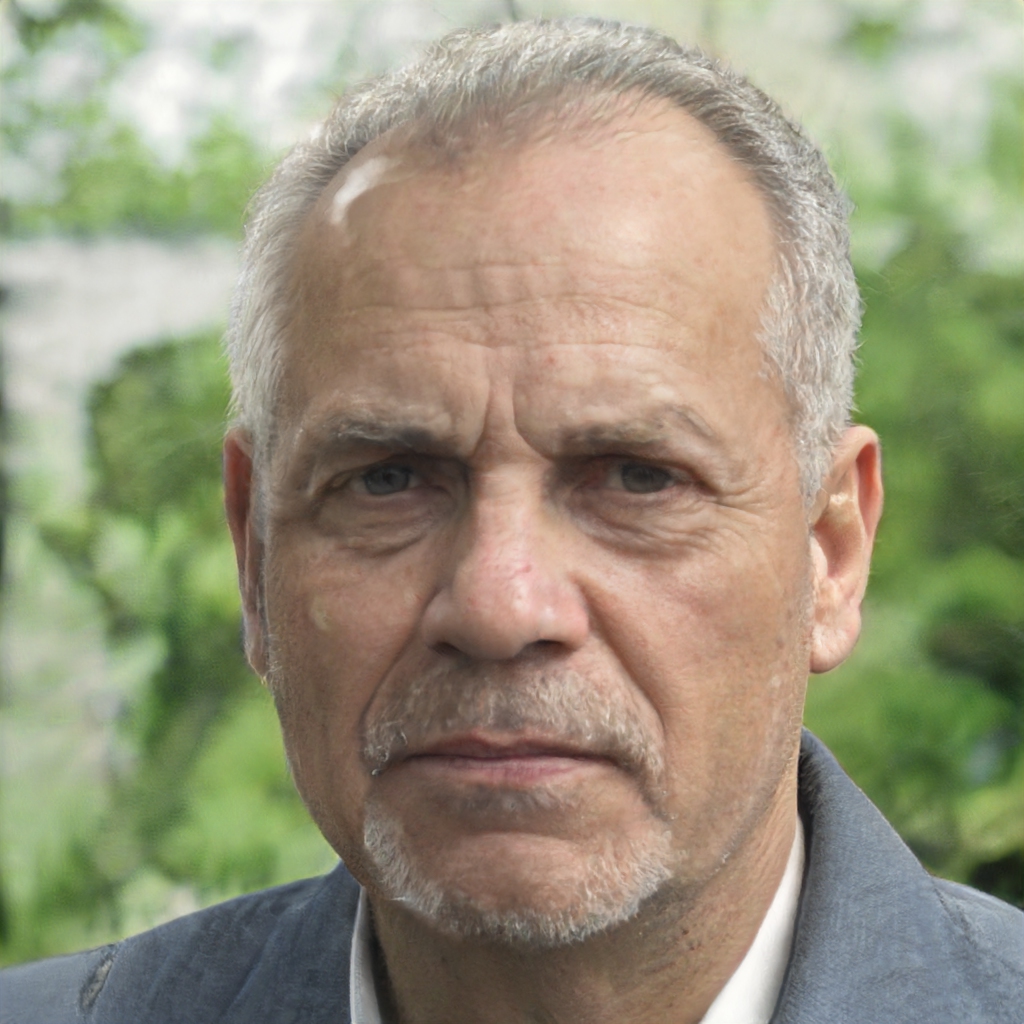A renewable resource is a natural resource which can replenish itself over time. This can include things like solar energy, water, wind, and certain types of biomass.
Renewable resources are important because they provide an alternative to traditional fossil fuels, which are non-renewable and unsustainable in the long term. They also offer a more environmentally friendly option, as they release fewer greenhouse gases into the atmosphere.
There are many different ways to harness renewable resources, and new technologies are constantly being developed to make them more efficient and cost-effective. As the world looks to move away from fossil fuels, renewable resources will play an increasingly important role in our future. What are 3 problems with renewable energy? 1. Renewable energy is often more expensive than traditional forms of energy.
2. Renewable energy is often less reliable than traditional forms of energy.
3. Renewable energy can have negative environmental impacts.
Will renewables replace fossil fuels?
The answer to this question is complicated and depends on a number of factors, including technological advances, economic factors, and political factors.
There is no doubt that renewable energy sources are becoming increasingly popular and cost-effective. In many cases, they are already cheaper than fossil fuels. However, there are still some challenges that need to be overcome before renewables can completely replace fossil fuels.
One of the biggest challenges is storage. Solar and wind energy are intermittent, meaning they only produce power when the sun is shining or the wind is blowing. This means that power needs to be stored somehow so that it can be used when needed. This is a challenge that is being actively worked on by many companies and governments, and there have been some promising developments in recent years.
Another challenge is the fact that fossil fuels are still heavily subsidized by governments around the world. This makes them artificially cheap and gives them a big advantage over renewables. This is something that is slowly changing, but it will take time for renewables to become completely competitive.
In the end, it is hard to say definitively whether or not renewables will replace fossil fuels. It is possible that they will, but it is also possible that fossil fuels will continue to play a significant role in the world's energy mix for many years to come. What is meant by renewable resources? Renewable resources are those resources which are replenished by natural processes at a rate which is equal to or greater than the rate of consumption by humans.
Why renewable resources are important?
Renewable resources are important because they are sustainable, meaning they can be replenished over time. This is in contrast to non-renewable resources, which are finite and will eventually run out.
The world is increasingly reliant on energy, and as populations and economies grow, the demand for energy will only increase. Renewable resources can help meet this growing demand in a sustainable way, ensuring that the world has the energy it needs now and into the future.
There are many different types of renewable resources, including solar, wind, hydro, and geothermal. Each has its own advantages and disadvantages, but all offer a clean, renewable source of energy.
Investing in renewable resources is also important for another reason: climate change. Burning fossil fuels releases greenhouse gases into the atmosphere, which trap heat and cause the Earth’s temperature to rise. This is leading to a host of problems, including more extreme weather, rising sea levels, and the loss of wildlife habitat.
By investing in renewable resources, we can help reduce the amount of greenhouse gases being released into the atmosphere and slow the effects of climate change.
What is the best renewable energy source for the future?
The most important factor to consider when choosing a renewable energy source is its scalability. Solar and wind energy are the most scalable renewable energy sources, making them the best choices for the future. Solar energy can be harvested from a large area with a small number of panels, making it possible to scale up production to meet increasing demand. Wind energy is also very scalable, as wind turbines can be built in a variety of sizes to meet the needs of different locations.
